Building Empathetic Cities: Insights from a Community Listening Design Workshop
Published:
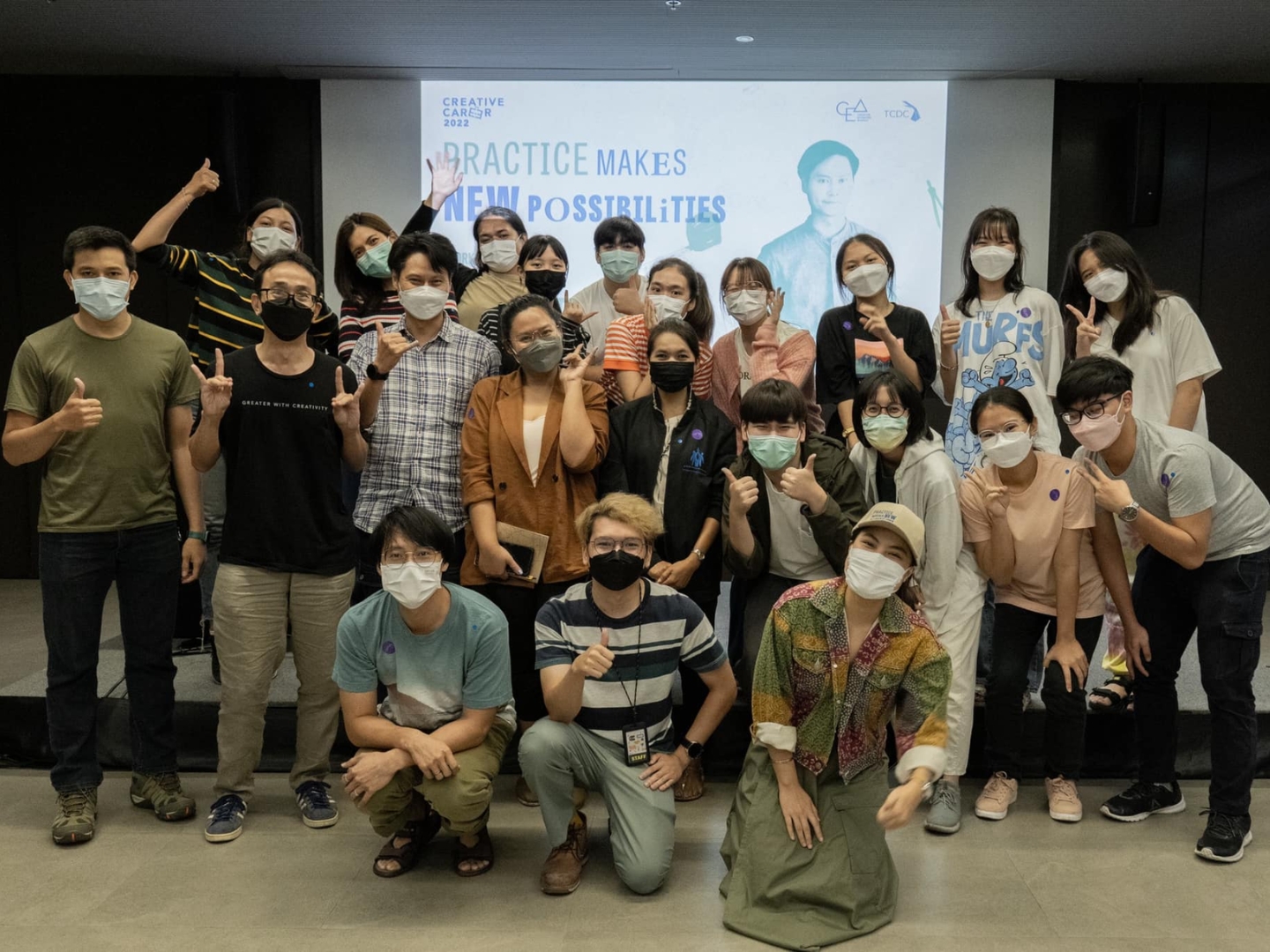
Have you ever wondered how listening can reshape our cities? During May 20-22, 2022, I embarked on a journey that transformed my understanding of urban design, not through sketches and models, but through the powerful tool of empathy.
The Thailand Creative & Design Center (TCDC) hosted the “Community Listening in Design” workshop, an event that wasn’t just for designers but for anyone keen to delve into Bangkok’s urban challenges. As the only engineer among over 20 diverse professionals, I found myself immersed in a melting pot of perspectives.
Day 1: A Journey of Discovery
The workshop began with an ice-breaking session, finding common ground in our shared interest in urban and societal issues. Our guides, Asst. Prof. Dr. Thip Srisakulchairak and Jantrarat Jantaratippaluk, both experts in community architecture, introduced us to the concept of deep listening.
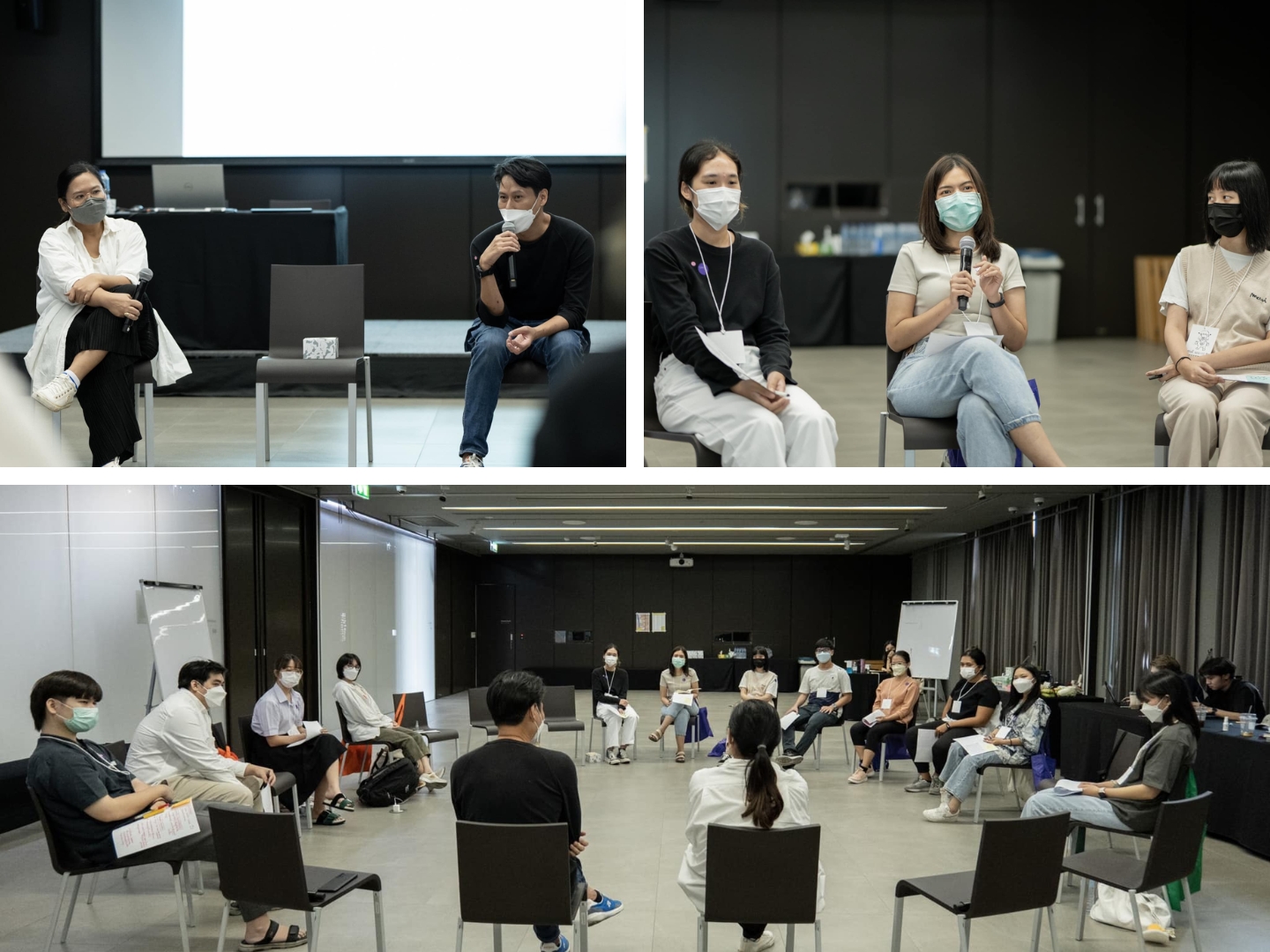
We went on a preliminary field trip to a nearby muslim community, where our task was simple yet profound: observe, engage, but most important, listen. Returning to the TCDC, we delved into a brainstorming session. The challenge was to unearth the latent issues within the community and envisage sustainable solutions. This exercise was not just about identifying problems, but about understanding the intricate web of social dynamics that often goes unnoticed.
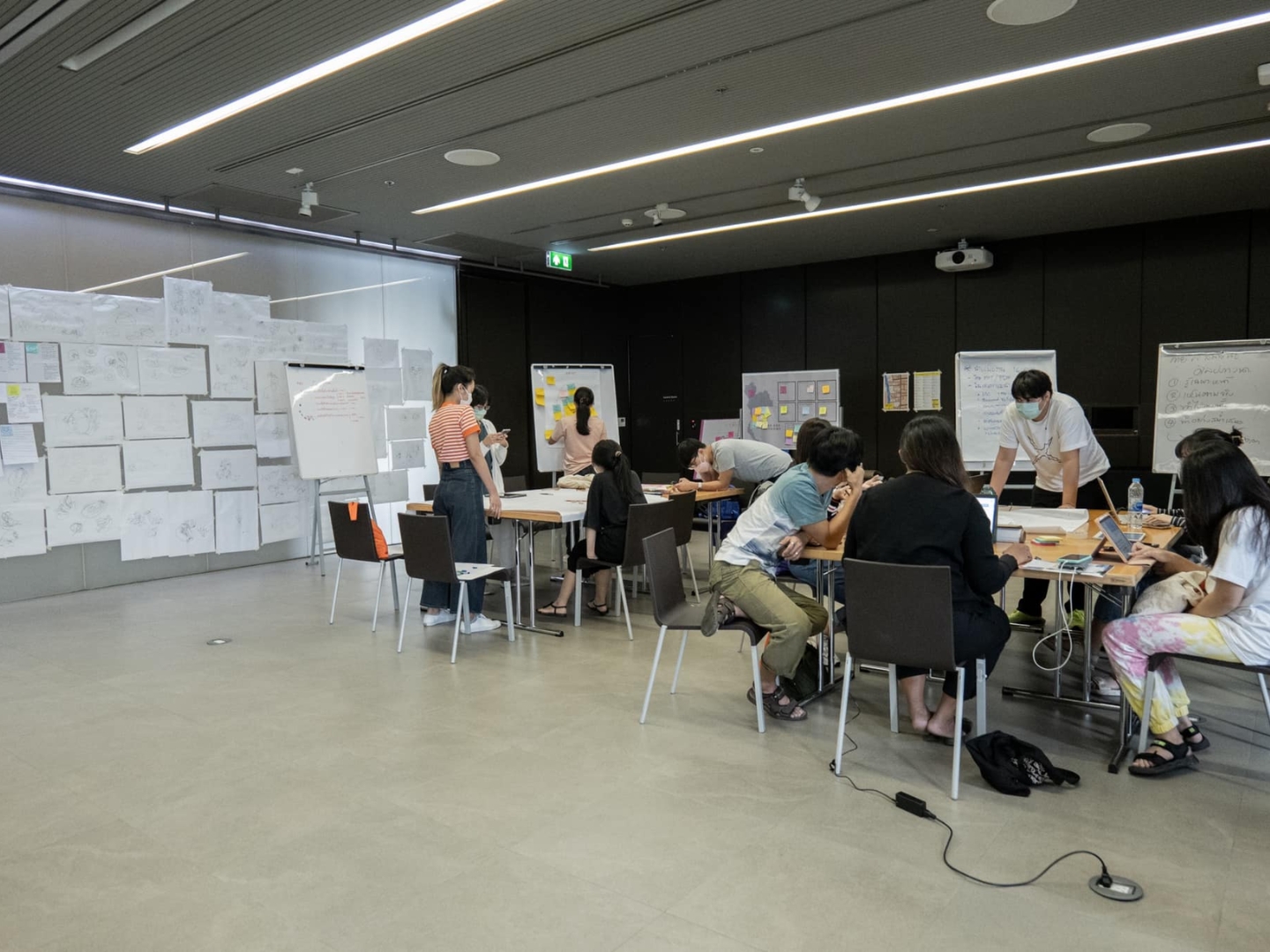
Day 2: Emotional Encounters and Stark Realities from Visiting Bangkok’s Slums
The real eye-opener was our day in the slums near Hua Lampong train station, places like Wat Duang Khae and Trok Salak Hin. Before entering these neighborhoods, we had a crucial briefing with the dedicated team from the Duang Khae Child Development Center. Their insights were invaluable; they’ve been working tirelessly to address the myriad challenges within these communities.
The staff, primarily composed of three devoted women, shared their experiences and advised us on how to navigate the slums respectfully. They emphasized the importance of observing without intruding – a reminder that our role was to listen and understand, not to disrupt. Their guidance was a reminder of the sensitivity required when entering someone else’s world, especially one as complex as these communities.
From the outside, these areas appeared as mere alleys, but inside, they were home to hundreds of families living in conditions I had never imagined. Narrow, sunlight-deprived pathways, shared bathrooms in disrepair, and the constant struggle for basic sanitation were everyday realities for these residents. The disparity between my world and theirs was stark and deeply moving. Despite the hardships, the community’s resilience and positivity were humbling. It was a poignant reminder of the privileges I often take for granted.
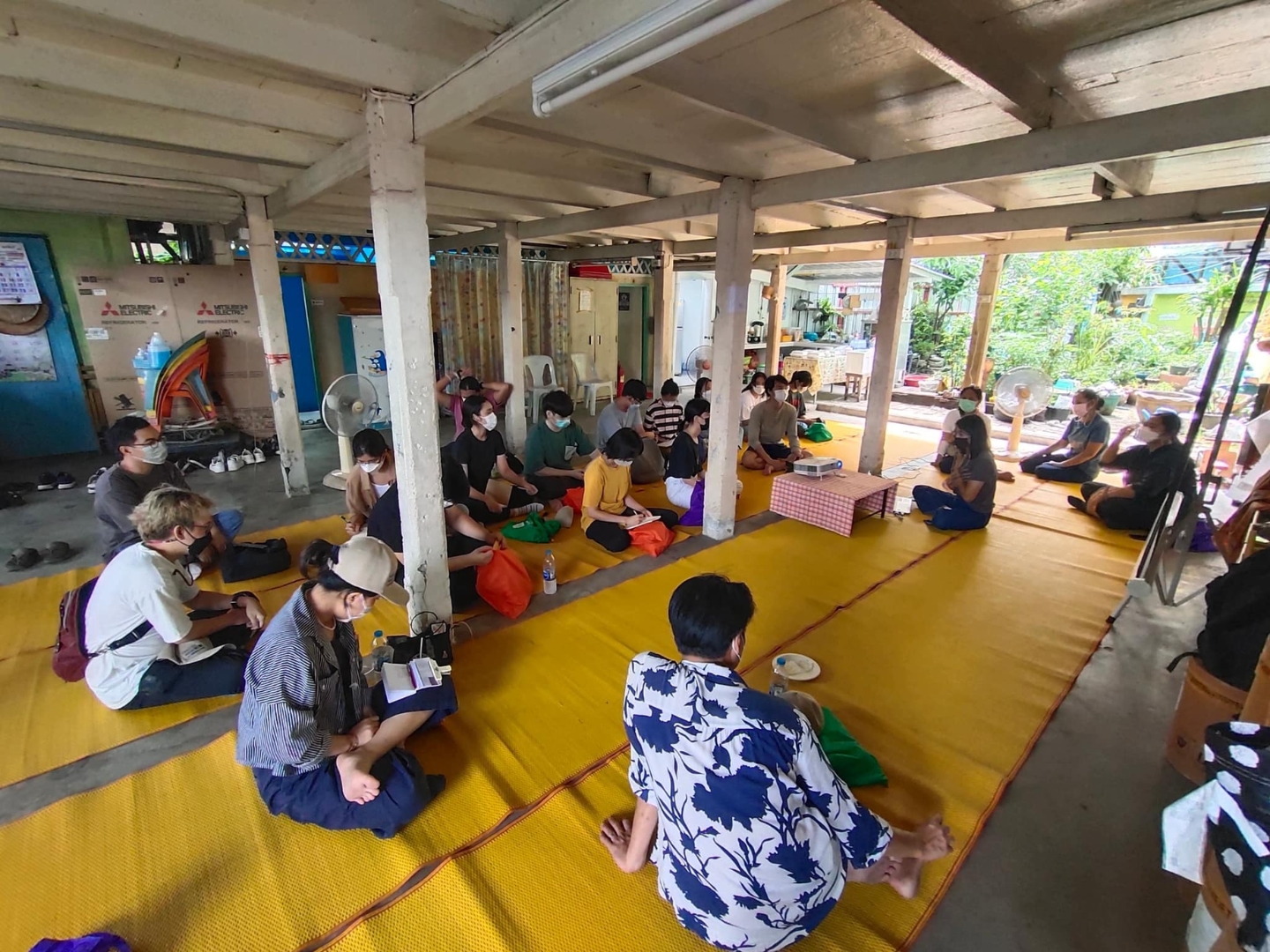
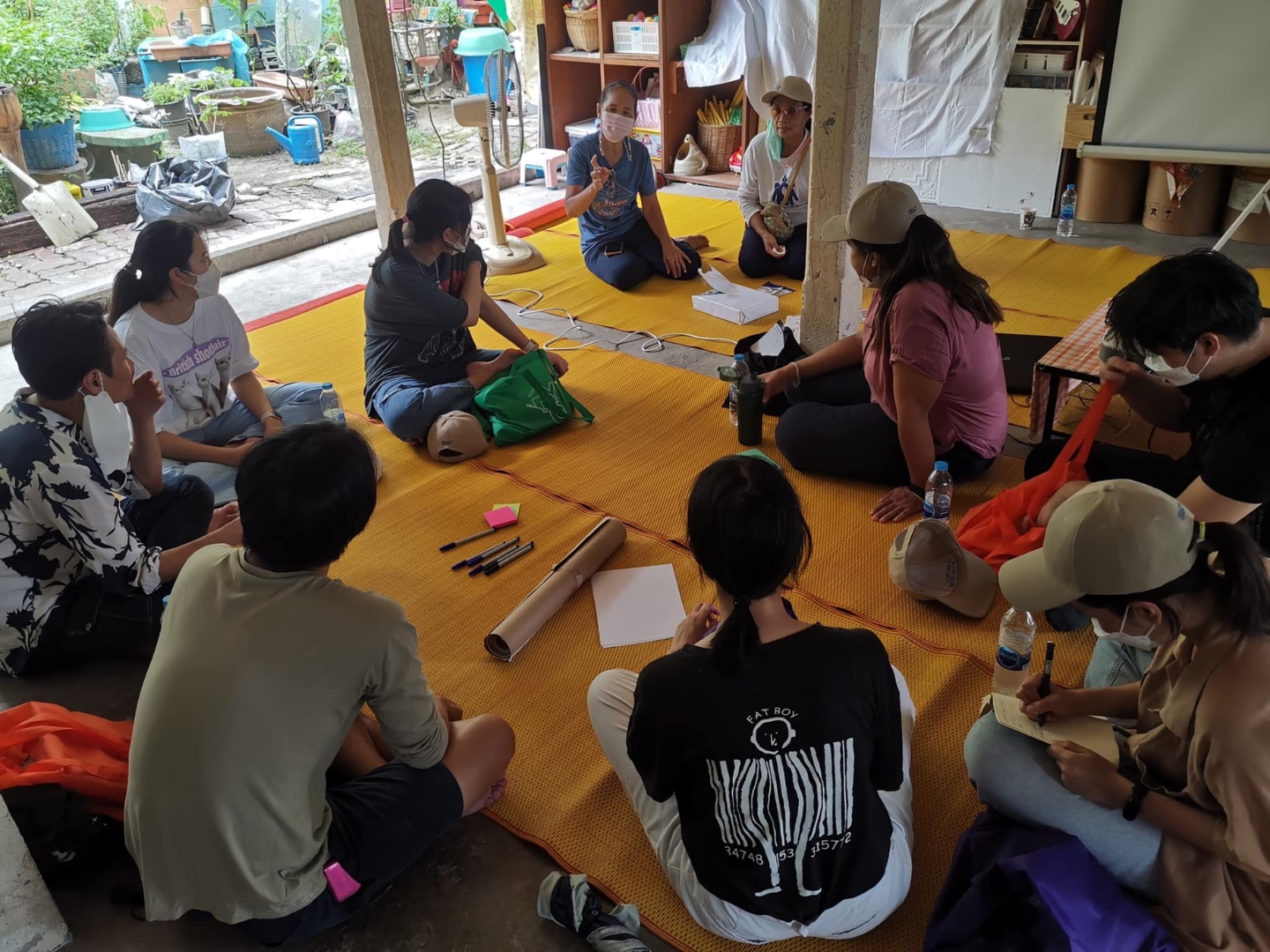
Day 3: From Observation to Solutions
On the final day, we translated our observations into actionable ideas. My group focused on education and sanitation, mapping out user journeys and considering the multifaceted issues. Our interdisciplinary backgrounds came into play as we proposed a range of solutions, later presenting them to representatives from the communities for feedback on practicality and impact of our proposals.
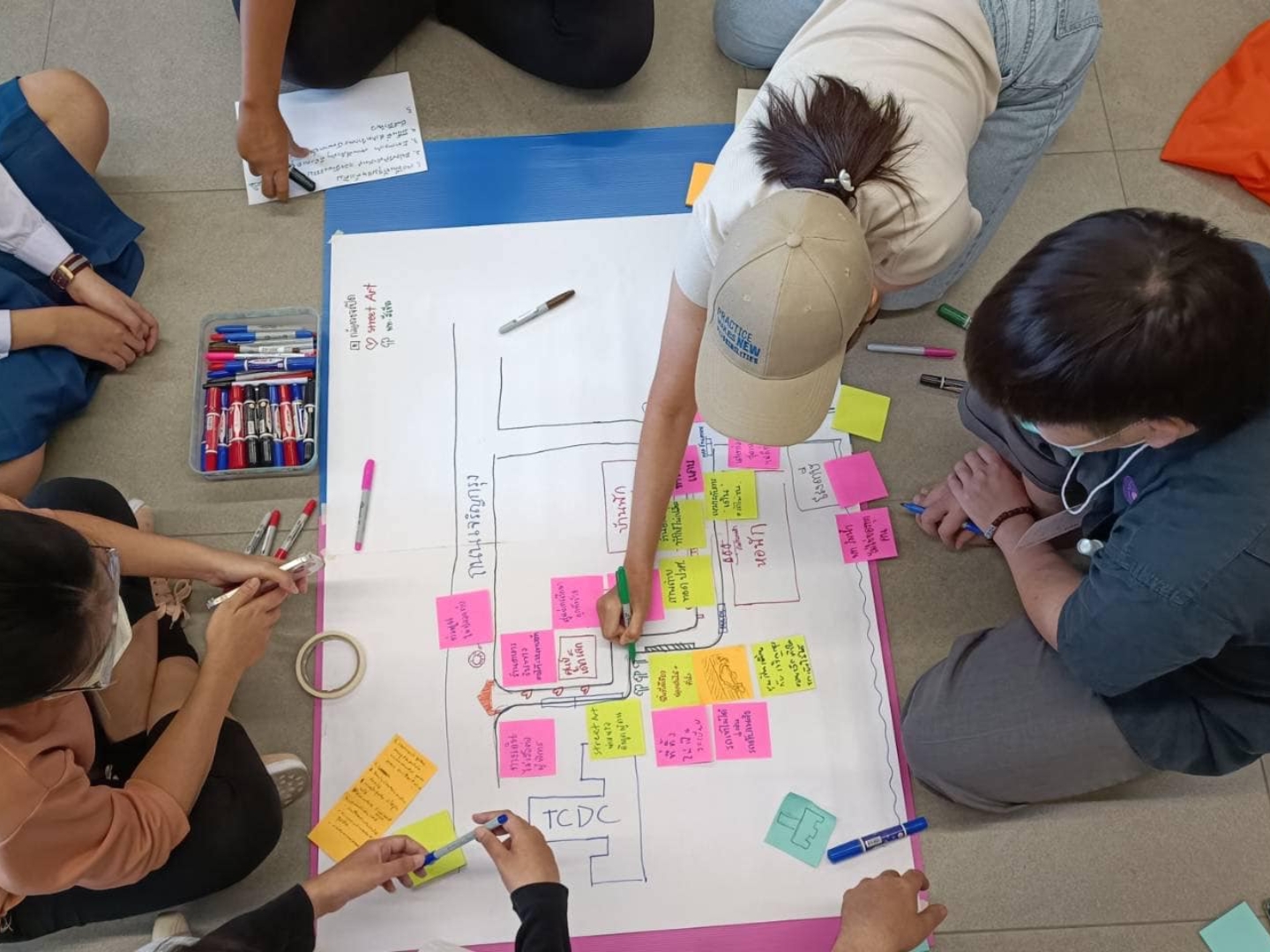
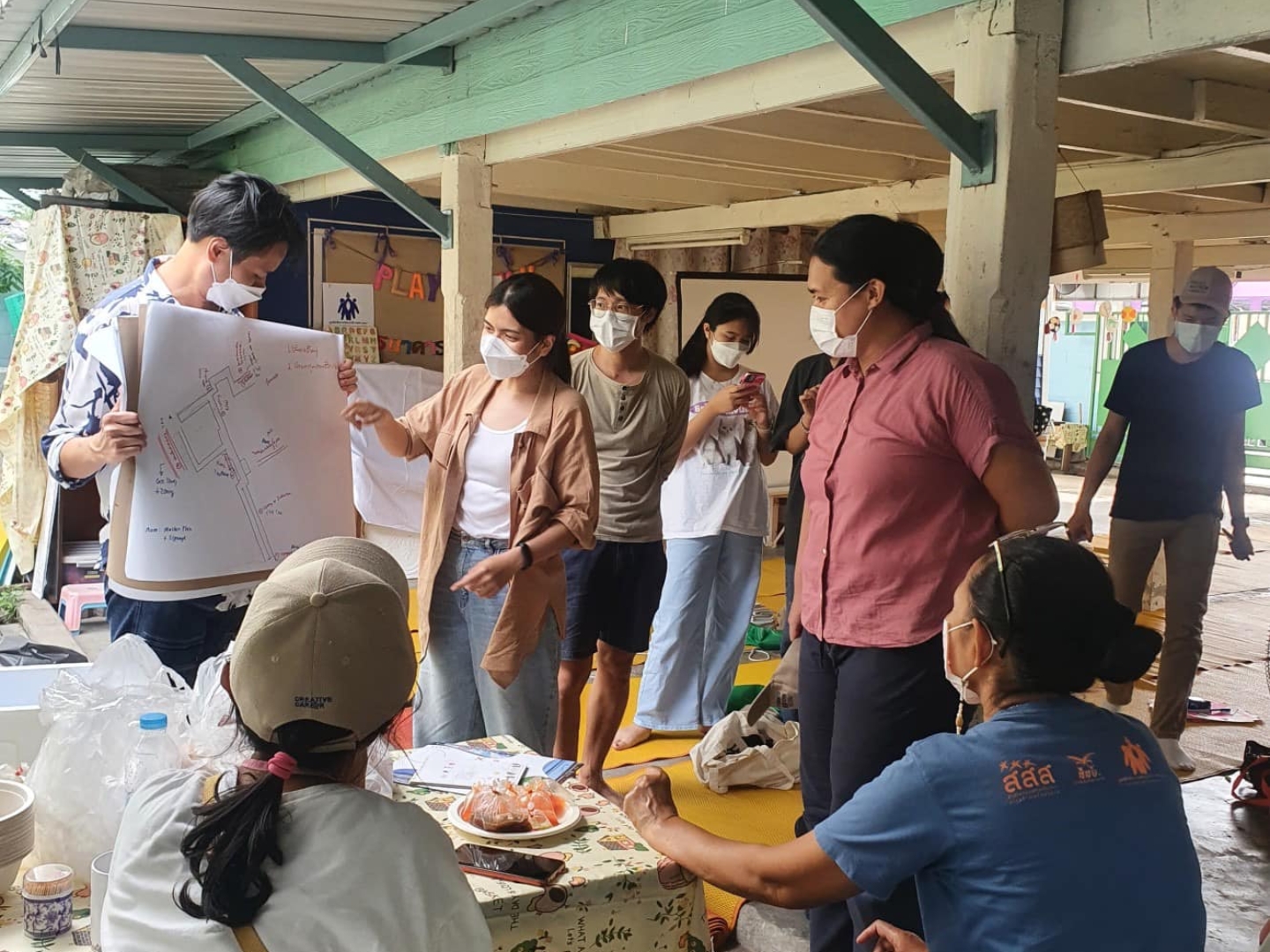
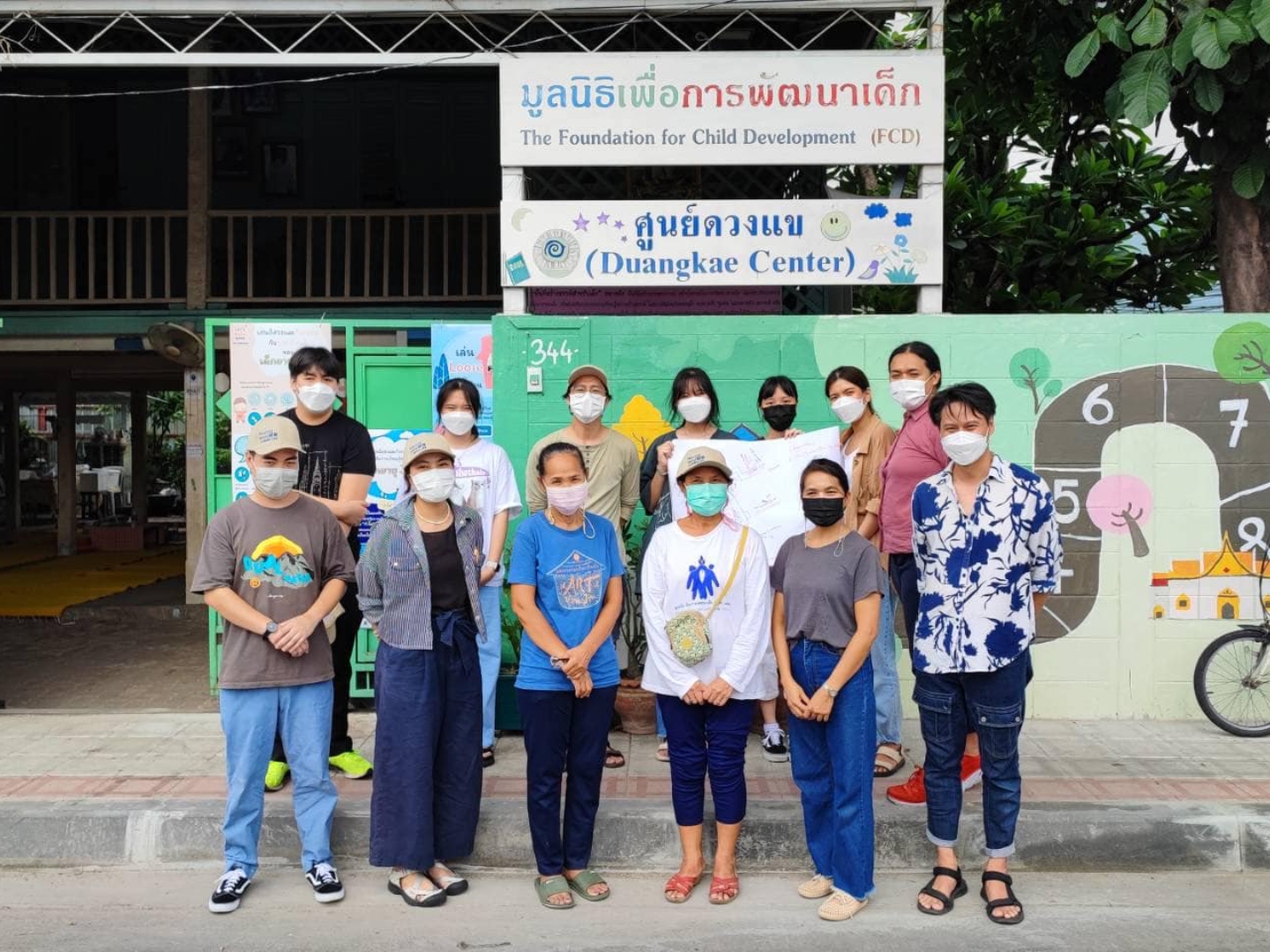
A Reflection on Community Listening in Design
I left the workshop with profound insights that extended far beyond the technicalities of conducting site surveys or crafting community projects. This experience illuminated the essence of deep listening in design – an approach that merges empathy with innovation, and understanding with action.
Deep listening is more than a skill. It’s a lens through which we view the world, especially in the context of urban development. It’s about hearing the unspoken needs and dreams of communities, particularly those tucked away in overlooked corners of our cities. This workshop was not just an educational journey; it was an exploration into the heart of human experiences and connections.
As an engineer, this workshop has instilled in me a renewed commitment to infuse empathy into every aspect of my work. I’ve come to realize that the true essence of impactful design lies in its ability to connect with people on a deeper level, to create environments that are not only functional but also nurturing and inclusive.
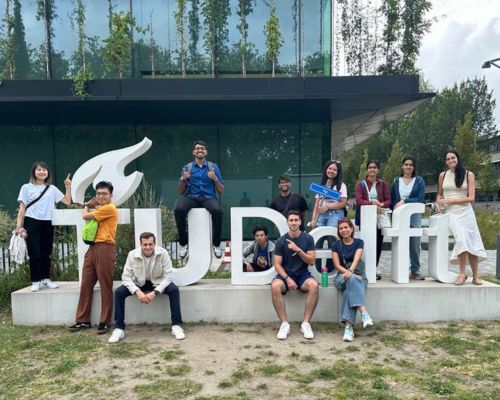 The time has finally come! I’ve arrived at TU Delft as a master’s student in the Engineering and Policy Analysis program! Delft and TU welcomed me with open arms, especially during the Introduction Program, where I met incredible new friends. It’s inspiring to be surrounded by people who share the same drive for self-improvement and the belief that we can create meaningful change through engineering, science, and interdisciplinary approaches.
The time has finally come! I’ve arrived at TU Delft as a master’s student in the Engineering and Policy Analysis program! Delft and TU welcomed me with open arms, especially during the Introduction Program, where I met incredible new friends. It’s inspiring to be surrounded by people who share the same drive for self-improvement and the belief that we can create meaningful change through engineering, science, and interdisciplinary approaches. Have you ever heard of or used IELTS Liz ? This post is about Liz, the owner of IELTS Liz. It’s an IELTS guide platform that has helped me develop my academic English skills. Even though I learned English through many platforms and teachers, her website was actually helpful, especially for writing—the skill I spent most of my time improving. I read almost every tip, trick, and free example given on her site. …
Have you ever heard of or used IELTS Liz ? This post is about Liz, the owner of IELTS Liz. It’s an IELTS guide platform that has helped me develop my academic English skills. Even though I learned English through many platforms and teachers, her website was actually helpful, especially for writing—the skill I spent most of my time improving. I read almost every tip, trick, and free example given on her site. …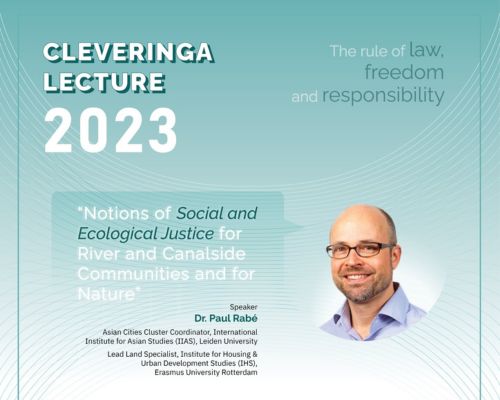 On November 22nd, 2023, I had the opportunity to attend the Cleveringa Lecture 2023 on the topic Notion of Social and Ecological Justice for River and Canalside Communities and for Nature at the Royal Netherlands Embassy in Thailand. This event, a collaboration between the embassy and the Urban Futures & Policy Research Unit of Thammasat University’s Faculty of Architecture and Planning, was more than just an academic gathering for me. It represented a fusion of my personal passion …
On November 22nd, 2023, I had the opportunity to attend the Cleveringa Lecture 2023 on the topic Notion of Social and Ecological Justice for River and Canalside Communities and for Nature at the Royal Netherlands Embassy in Thailand. This event, a collaboration between the embassy and the Urban Futures & Policy Research Unit of Thammasat University’s Faculty of Architecture and Planning, was more than just an academic gathering for me. It represented a fusion of my personal passion …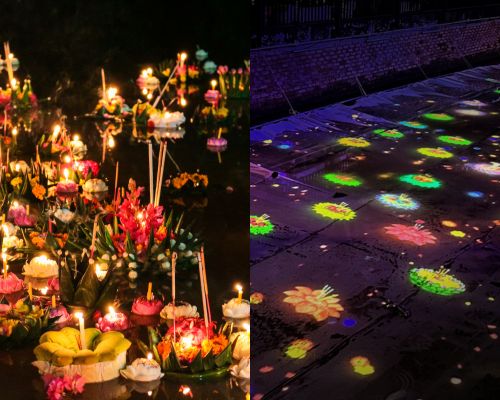 In recent years, it’s become clear that some of our most cherished traditions have unintended consequences on the environment. The Loy Krathong Festival in Thailand is a prime example. In 2022 alone, 572,603 krathongs were set afloat in the rivers of Bangkok. While 95.7% were made from biodegradable materials, the remaining 4.3% consisted of foam blocks that could be in our waterways for up to 400 years if not properly managed. Even materials like …
In recent years, it’s become clear that some of our most cherished traditions have unintended consequences on the environment. The Loy Krathong Festival in Thailand is a prime example. In 2022 alone, 572,603 krathongs were set afloat in the rivers of Bangkok. While 95.7% were made from biodegradable materials, the remaining 4.3% consisted of foam blocks that could be in our waterways for up to 400 years if not properly managed. Even materials like …